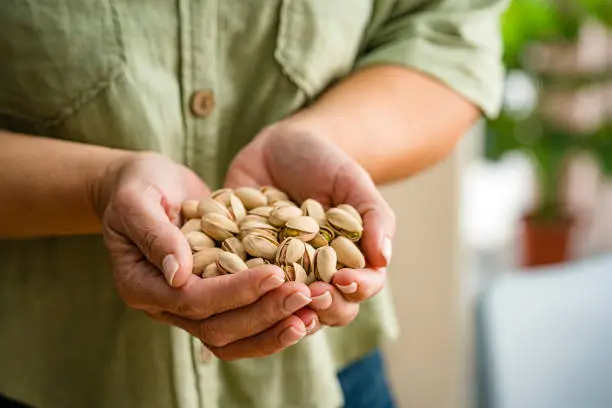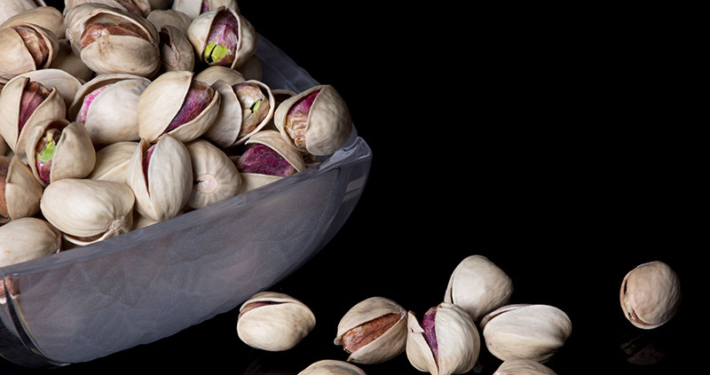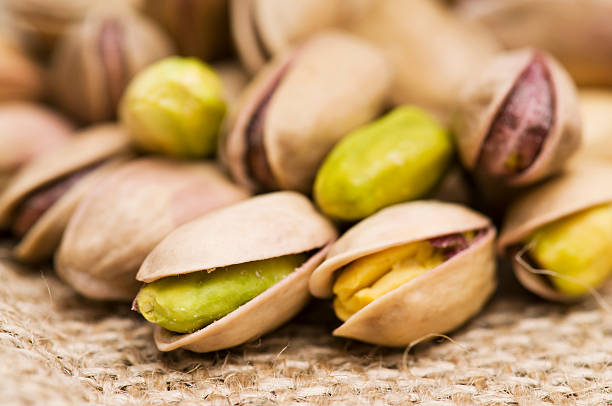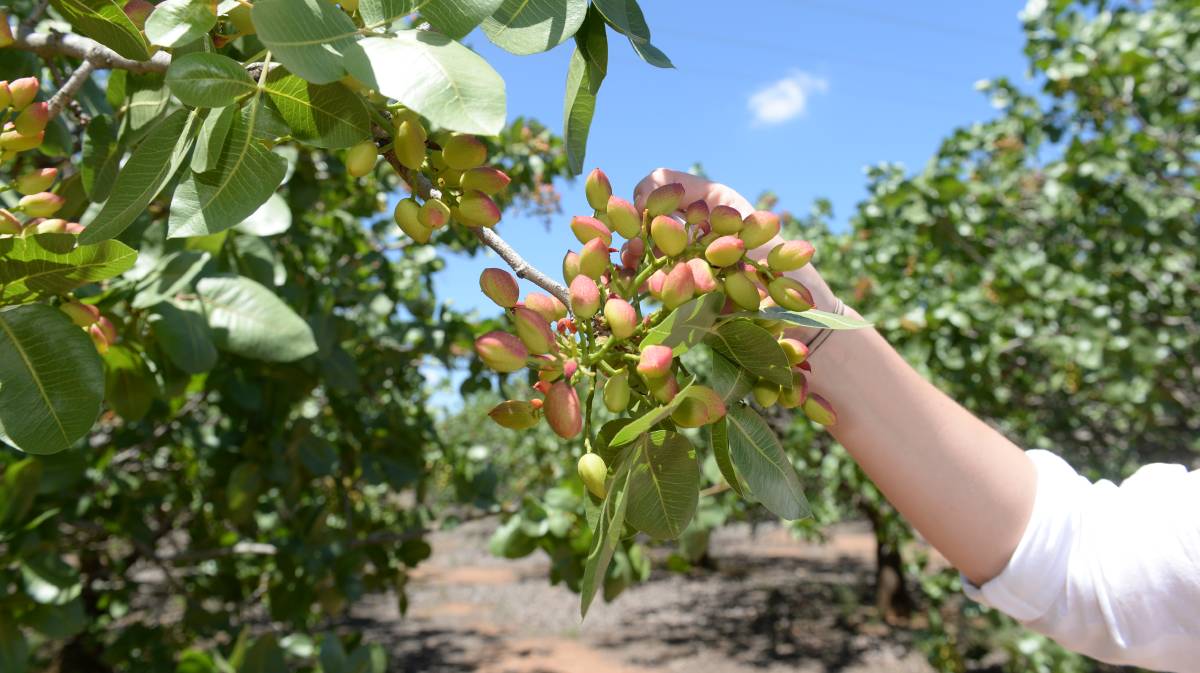
Pistachios have evolved from a simple snack into a versatile ingredient that elevates both flavor and texture in contemporary cuisine. From high-end fine dining to casual eateries, chefs leverage pistachios to add richness, depth, and a distinctive emerald hue to dishes. This article explores why pistachios deserve a prominent place in the culinary arts, how they can be incorporated across courses, and the considerations for sourcing, roasting, and presentation.
Introduction
Pistachios are celebrated for their nutty, slightly sweet flavor and their vibrant green color. Beyond snacking, they contribute crunch, umami, and a luxurious mouthfeel to a wide range of dishes. The nut’s natural fat content helps carry savory and sweet notes alike, making it a flexible ingredient for innovative menus.
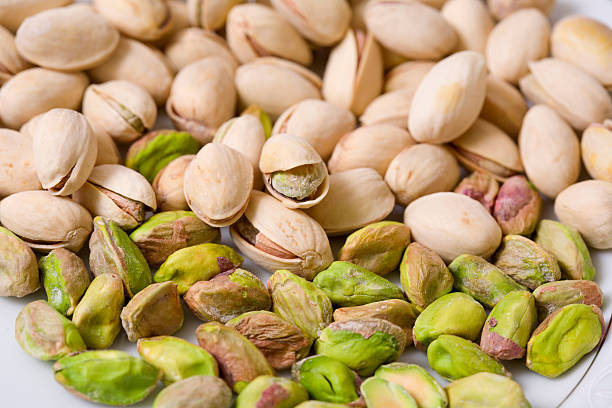
Why Pistachios Stand Out
- Flavor versatility: Subtle earthiness pairs with savory proteins, roasted vegetables, and dairy-based sauces; they also complement fruit, chocolate, and citrus.
- Texture and mouthfeel: A satisfying crunch with a creamy interior when coarsely ground or finely milled into pastes.
- Color and presentation: The distinctive green hue enhances plating and visual appeal.
Applications Across Courses
- Appetizers: Pistachio-crusted goat cheese, pistachio-pesto crostini, or stuffed dates with almond-pistachio filling.
- Mains: Pistachio-crusted fish or chicken, tagines with pistachio romesco, or pistachio-dusted roasted vegetables.
- Sides: Pistachio pilaf, couscous with chopped pistachios, or quinoa salads with pistachio brittle.
- Desserts: Pistachio ice cream, baklava-inspired pastries, pistachio crème brûlée, or green pistachio gelato.
- Sauces and spreads: Pistachio pesto, pistachio butter, and pistachio-chili sauces to finish dishes.
Sourcing and Quality Considerations
- Varietal differences: Early-harvest pistachios are milder; later harvests offer deeper flavor.
- Roasting level: Light roast preserves brightness; medium roast enhances nutty depth; toasted evenly to avoid bitterness.
- Salt and seasoning: Moderate salting elevates sweetness without overpowering aroma.
- Freshness: Storage in a cool, dry environment; use within a few months of purchase for peak aroma.
Practical Tips for Chefs
- Pair pistachios with citrusy elements (lemon, orange) to brighten the profile.
- Use pistachio meal or paste to enrich sauces and batters.
- Balance salt, sweetness, and acidity to highlight the nut’s natural flavor.
- Consider allergen labeling and cross-contact prevention in a professional kitchen.
Conclusion
Pistachios bring a unique combination of flavor, texture, and color that enhances culinary creativity. Their adaptability across courses makes them indispensable for modern menus seeking both sophistication and approachability.
To order or get advice on pistachio and dried fruit varieties, contact our team via our official WhatsApp. Our support team is ready to answer your questions and can help you choose the right pistachio and dried fruit. WhatsApp number 009890214773705


